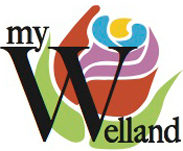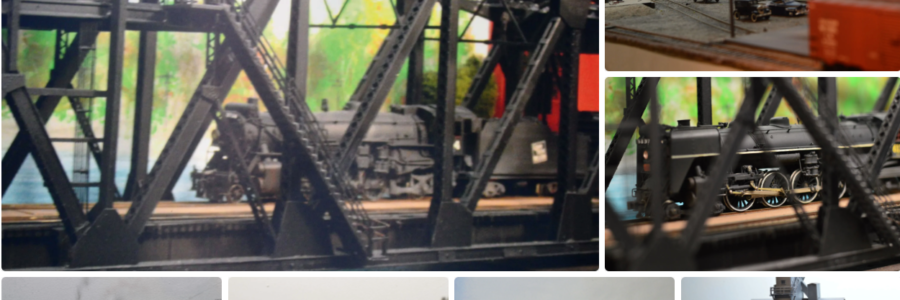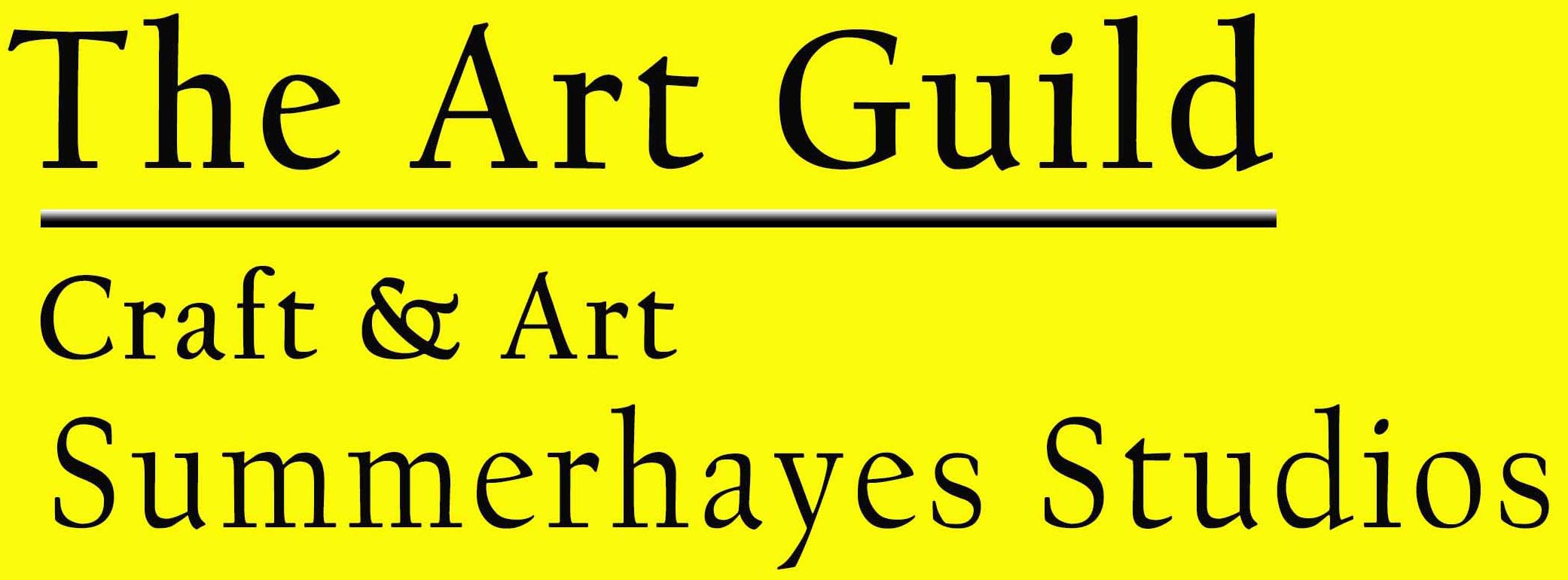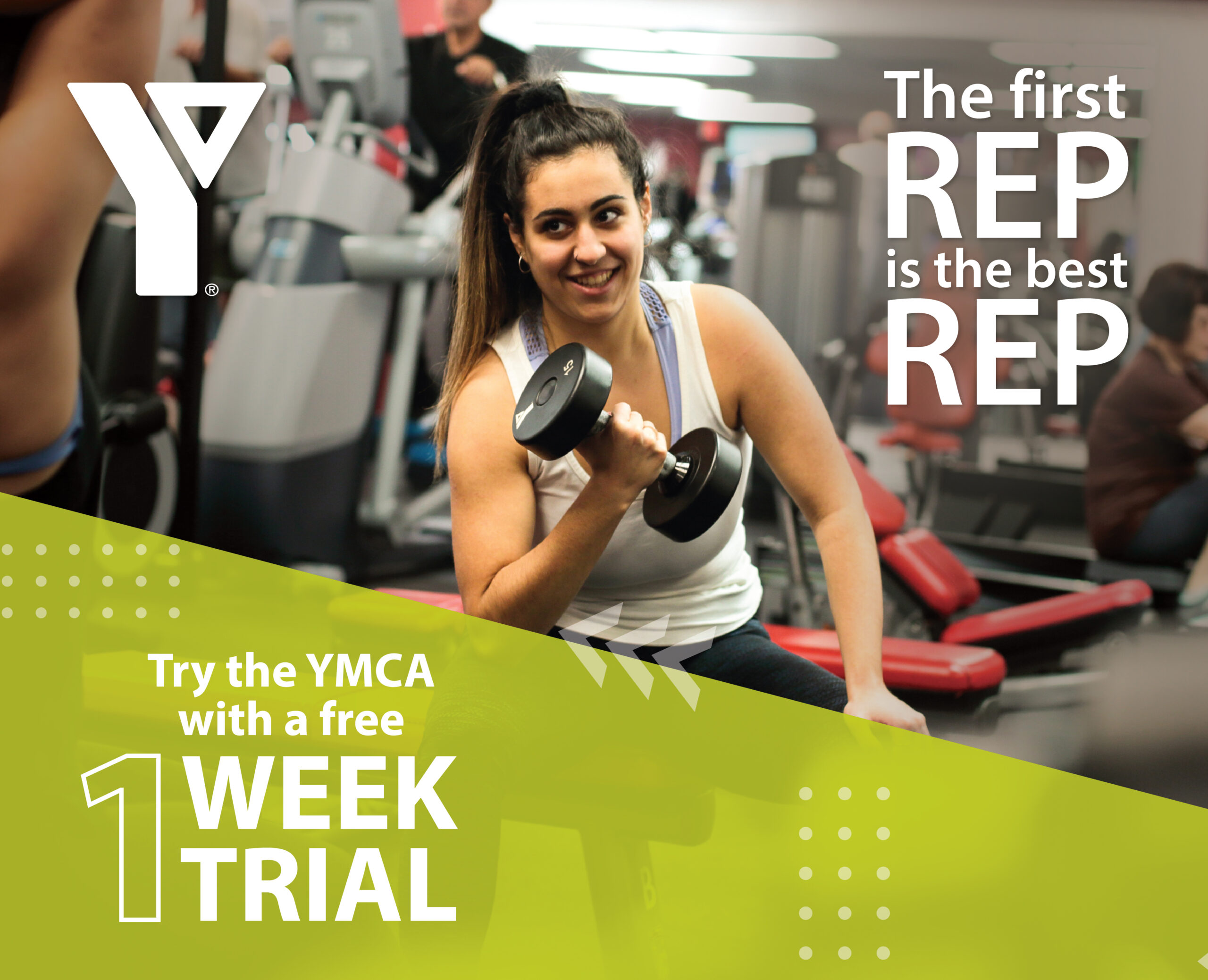Guest Post by Terry Hughes via Joe Barkovich (from a reporters notebook)
Today, we are offered a variety of games of chance, lotteries and other forms of gambling. Back in 1947 there were only two recognized opportunities to gamble. Either you were purchasing Irish Sweepstakes tickets which were illegal or betting on the Sport of Kings which was horse racing! So with Buffalo’s Coney Island at Crystal Beach and the race track nearby, Fort Erie was the place to be.
The car is an important method of travel today but after the Second World War, not so much. Although there was a growing need to have a car back then, the roads of the day were not conducive to long distance travel. The Queen Elizabeth Way ended at Niagara Falls from Toronto and most provincial roads followed concession or county boundaries. That meant a lot of ninety degree turns. Some of our rural roads still follow that pattern.
In order to reach Fort Erie, you took the train. It was quite common for industries and companies to hire a train to carry their employees to Crystal Beach Amusement Park eg. Procter and Gamble from Hamilton and Atlas Steels from Welland. Although regarded as a ramshackle operation before being taken over by E.P. Taylor in 1952, for two weeks in the summer Fort Erie was important, particularly with the running of the Prince of Wales Stakes. So CNR would run every day an all air conditioned train from Toronto with a parlour car for those who needed to quench their thirst on their way to the race track.
The train would not encounter any major obstacles until it reached Merritton. Here, all traffic headed down to the south of the peninsula had to tackle the toughest grade on the entire railway, having to climb the Niagara Escarpment parallel to the flight locks on the Welland Canal at a 2.8 % grade..
In order to get tonnage up this grade required a helper engine as an assist for extra power. In our first photo a freight train has reached the top of the escarpment and is crossing Bridge 10 over the canal. The helper engine has dropped off and made its way down the escarpment to assist the Race Train. Here we see the helper preparing to couple on to the passenger engine and slog up the hill. Having reached the top of the gradient, the helper engine returned to Merritton Station to await its next assignment while the passenger train follows the freight train across the canal at Thorold.
As the train passes through the south of Welland and its line of factories such as the Electro-Metals pictured here, the sky is nearly white from the extreme humidity and the smoke from nearby ovens rises straight into the sky.
In our next photo, we reach Welland Junction or Dain City and swing down the Cayuga Sub to Fort Erie. As we pass through the next photo shows a T.H.& B. freight engine switching the trackage and later, moving on to Port Colborne.
Our last photo shows the lead passenger car of the train uncoupled from the engine. The road engine has moved off to the coaling station for servicing. This model of the coaling station was scratch-built like most of the structures and in real life, it serviced 800 engines every month.
The Race Train would return to Toronto after the last race at 5:30 pm.
Note: The photos for this Heritage Lives feature are of the author’s model train layout.
(Terry Hughes is a Wellander who is passionate about heritage, history and model railroading. His opinion column, Heritage Lives, appears on the blog once or twice monthly.)
About Joe Barkovich: A former reporter and city editor at the Welland Tribune, Joe Barkovich now refers to himself as a “Scribbler-at-Large“. He shares his love of his Hometown of Welland Ontario on his From A Reporters Notebook Blog. We thank Joe for contributing Guest Posts to our myWelland.com Community Platform.
 Back to myNiagaraOnline
Back to myNiagaraOnline





















